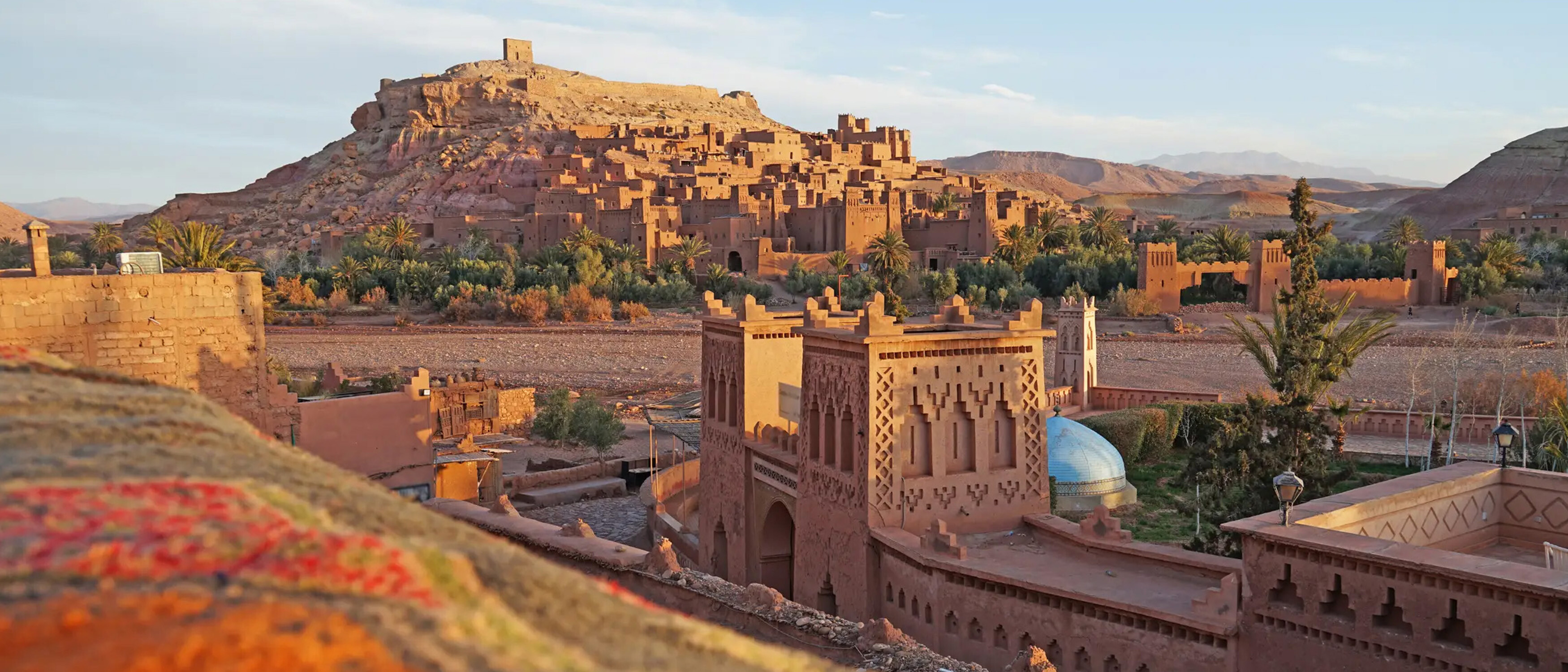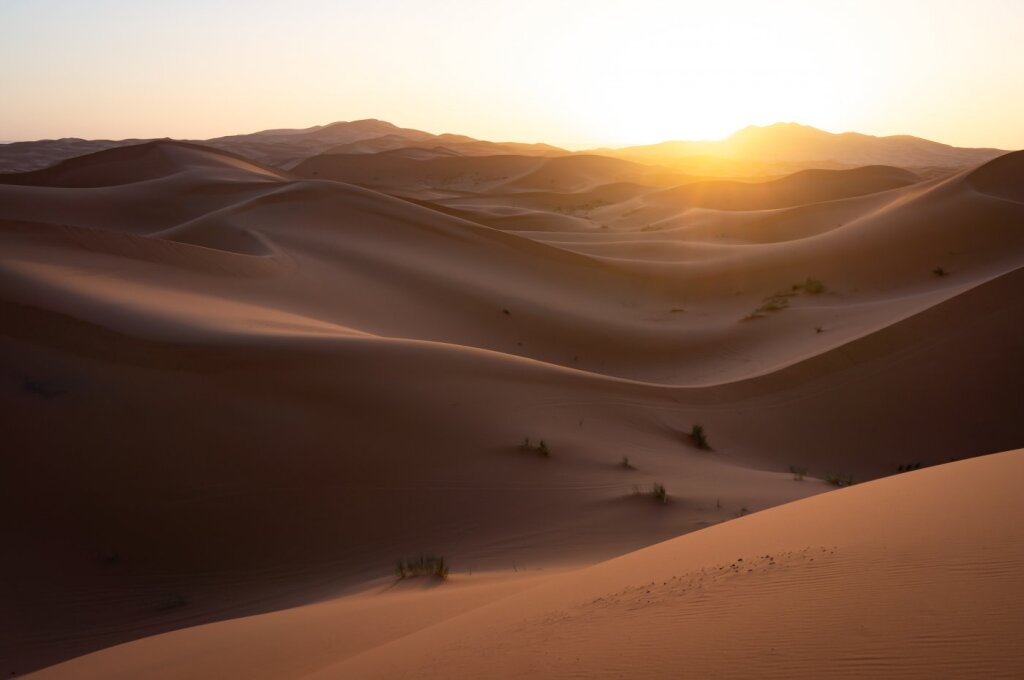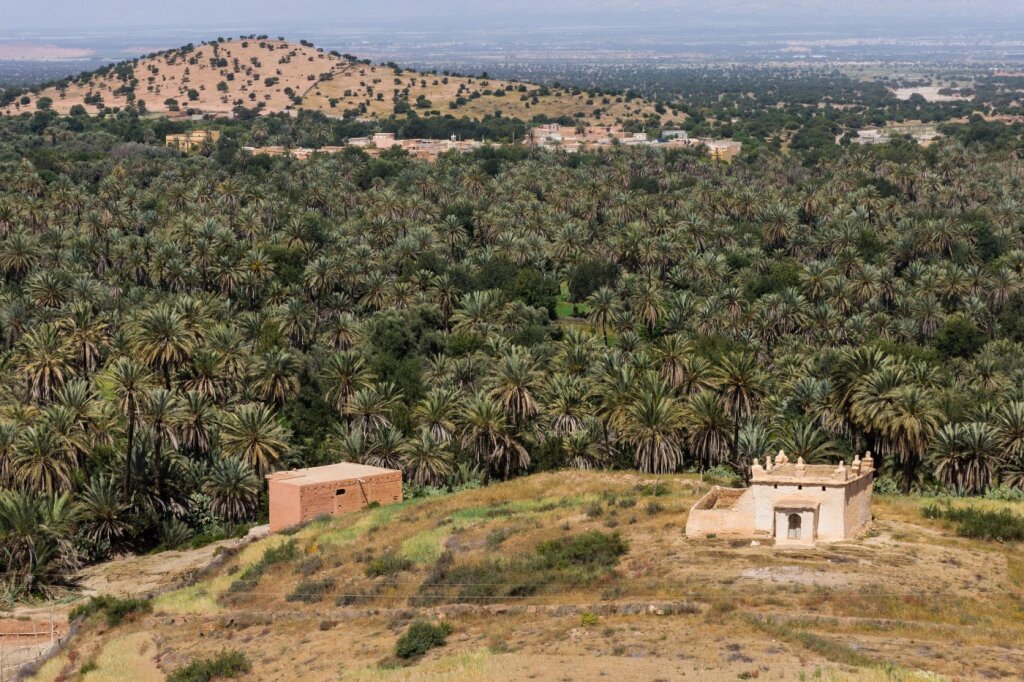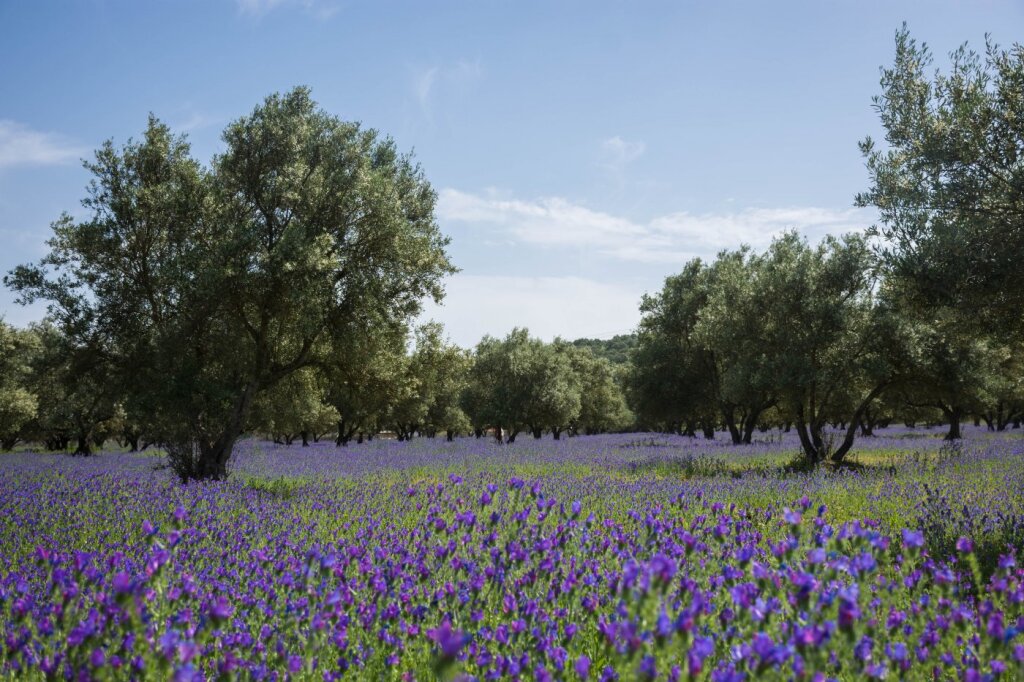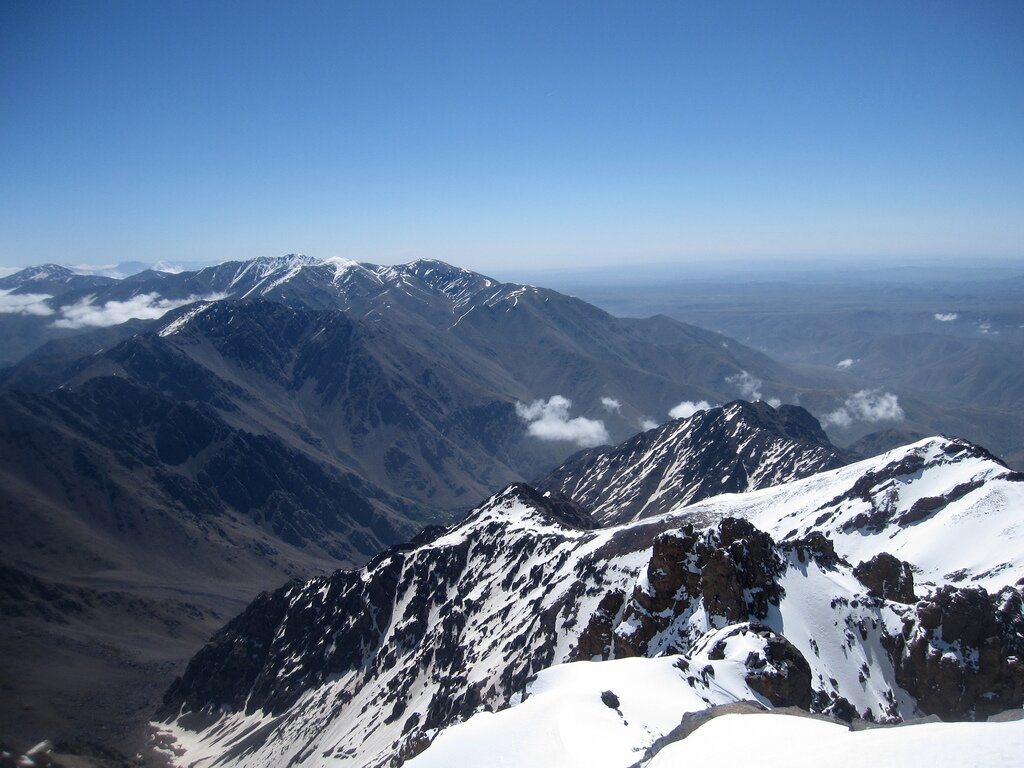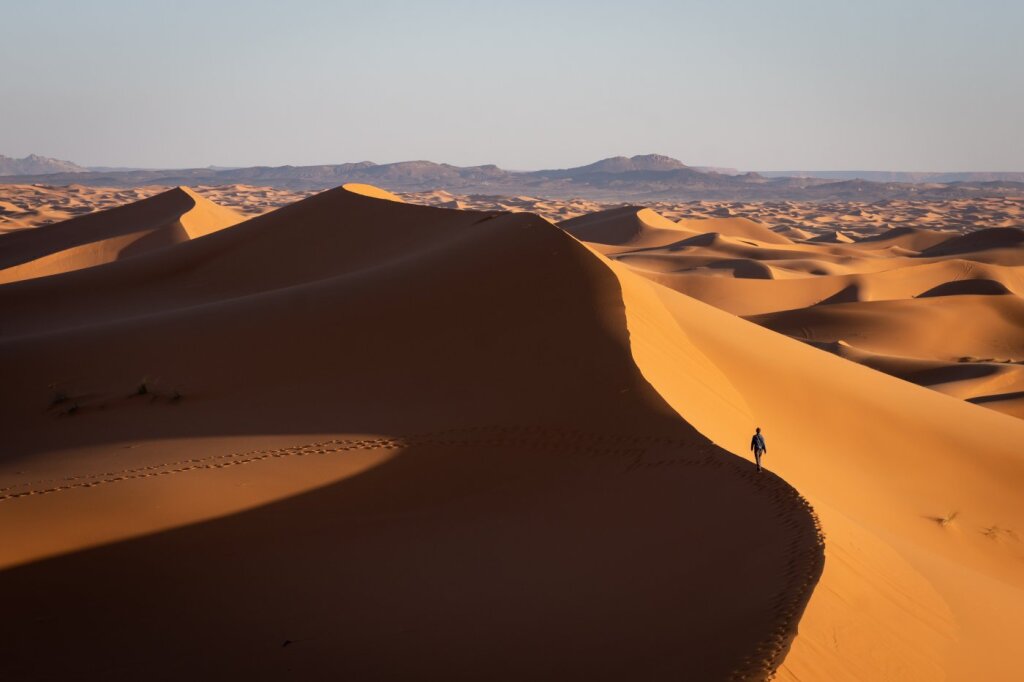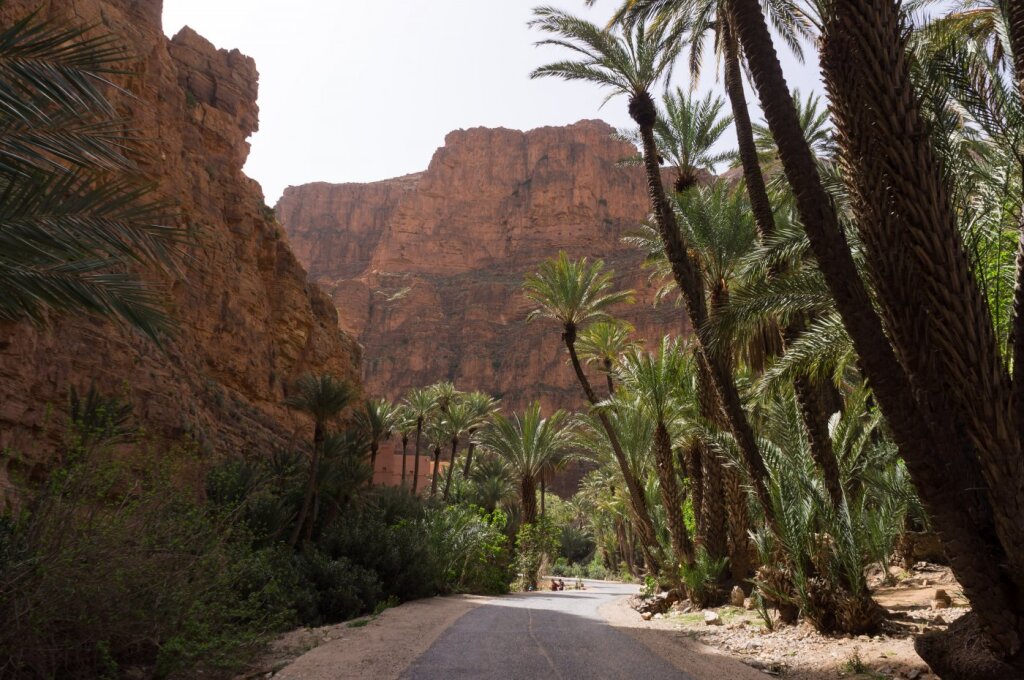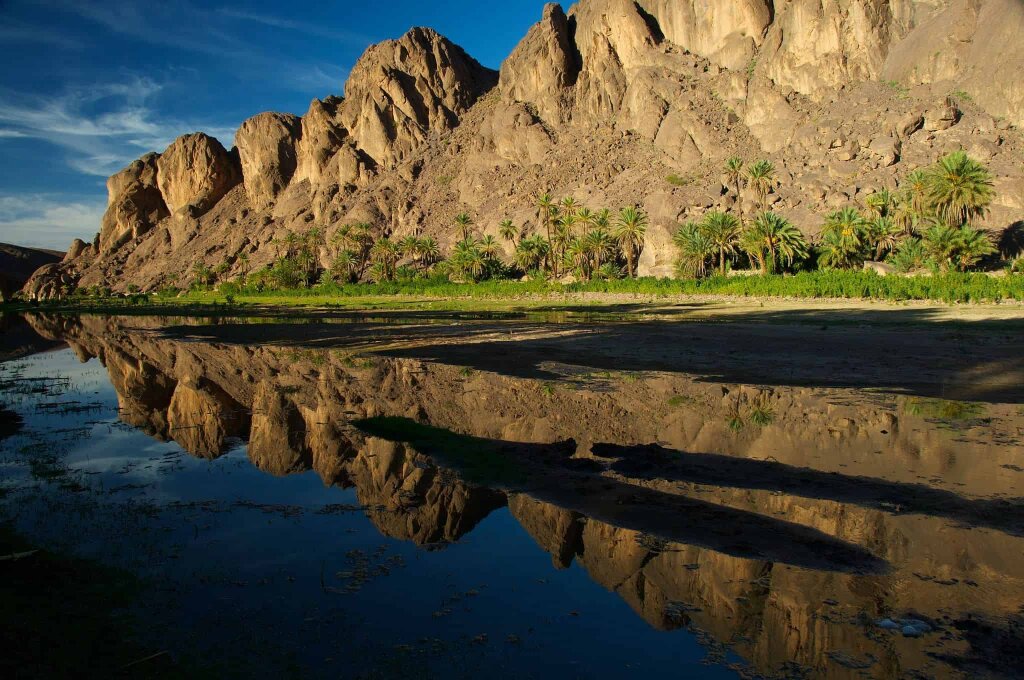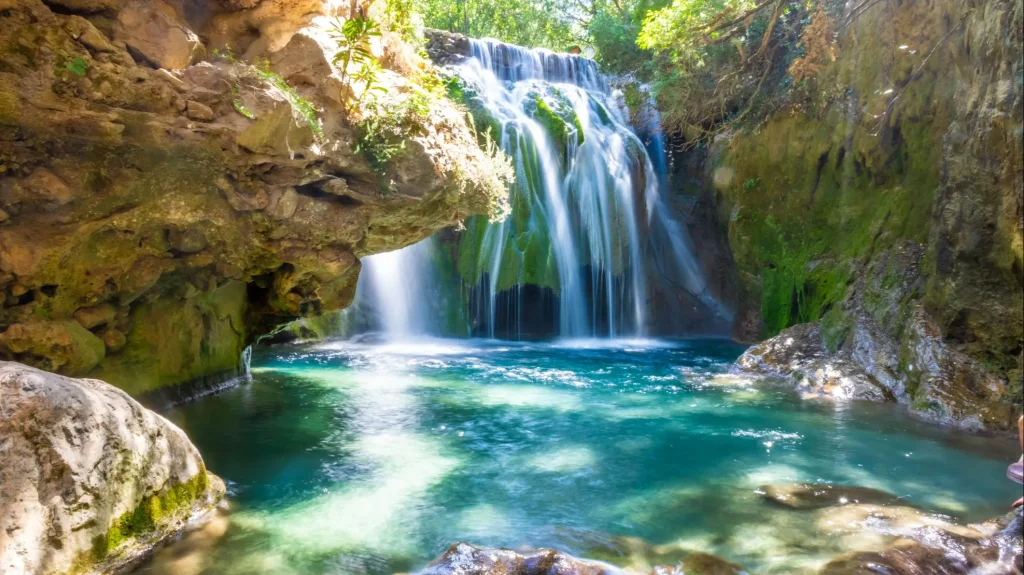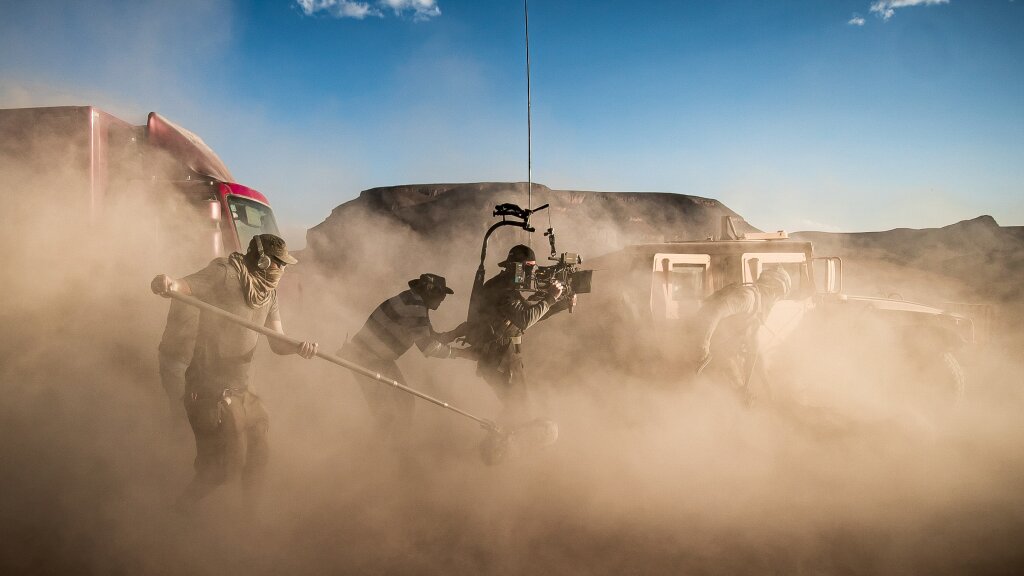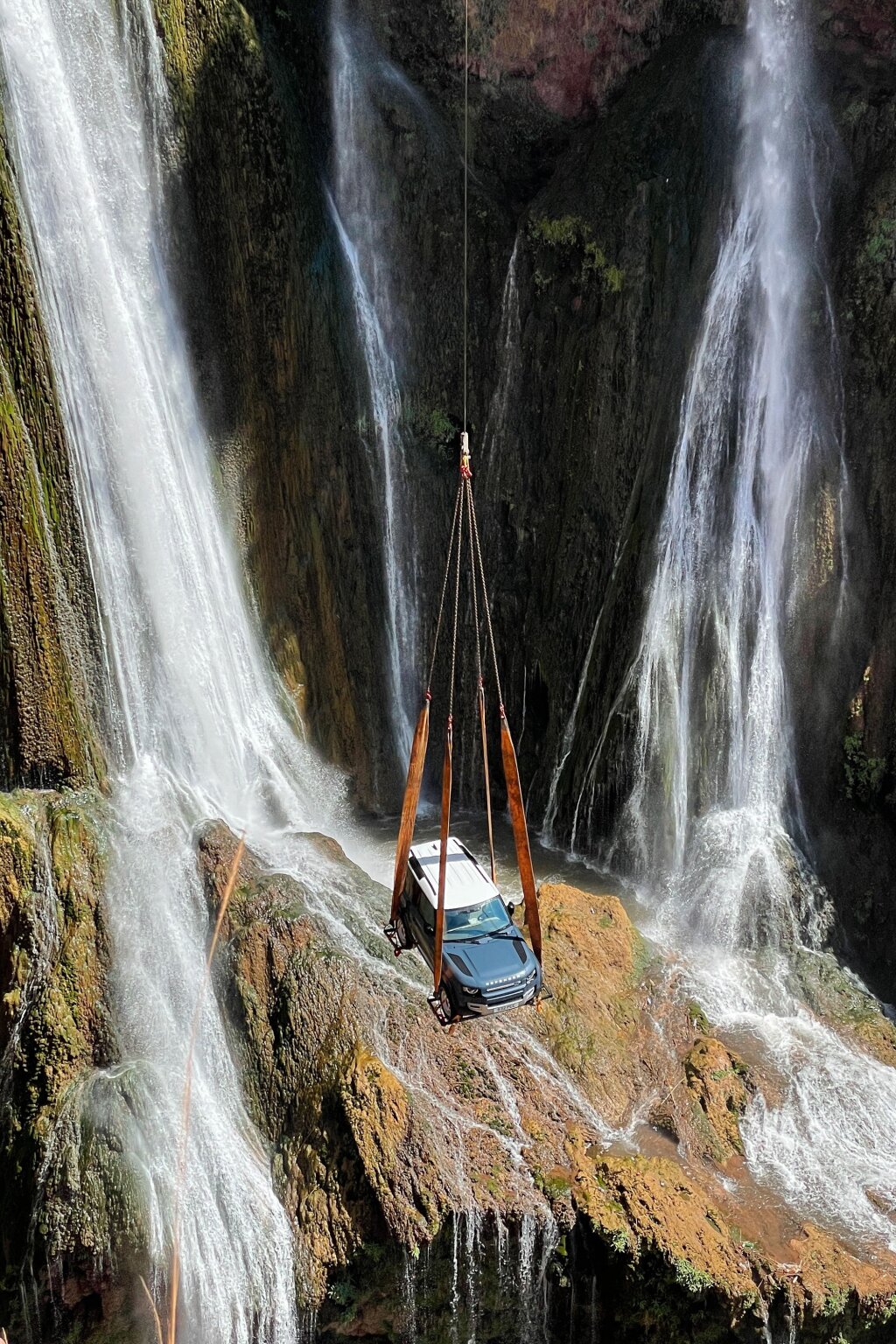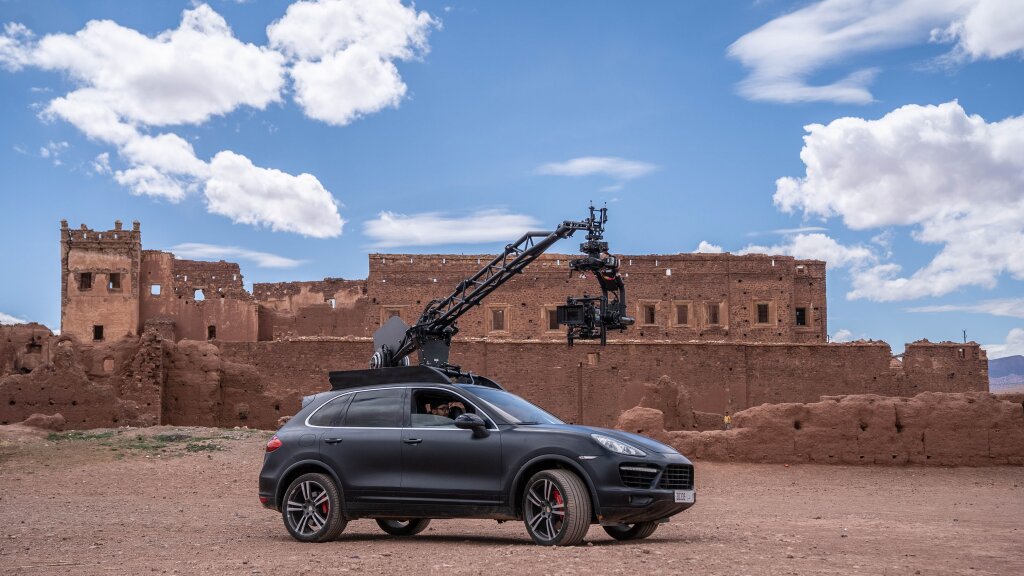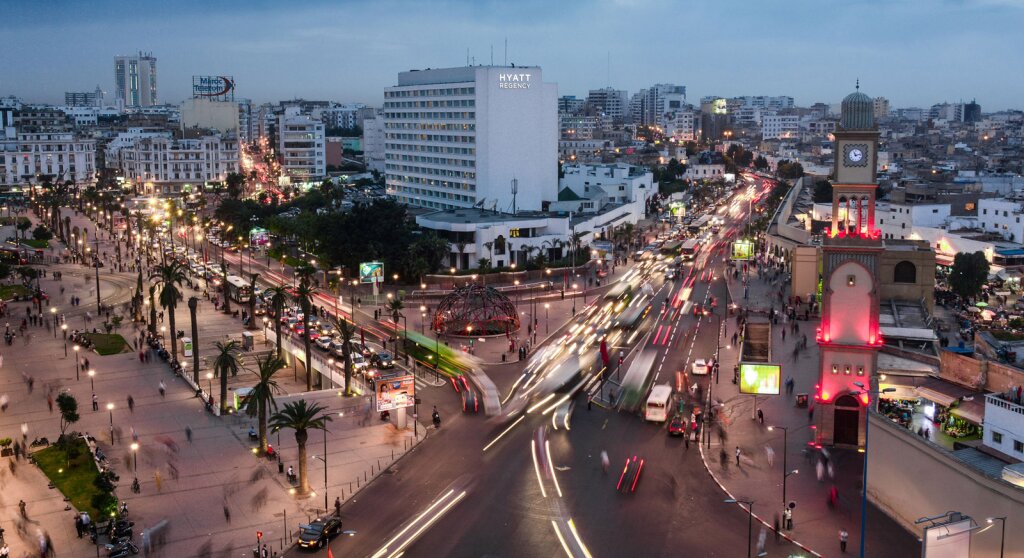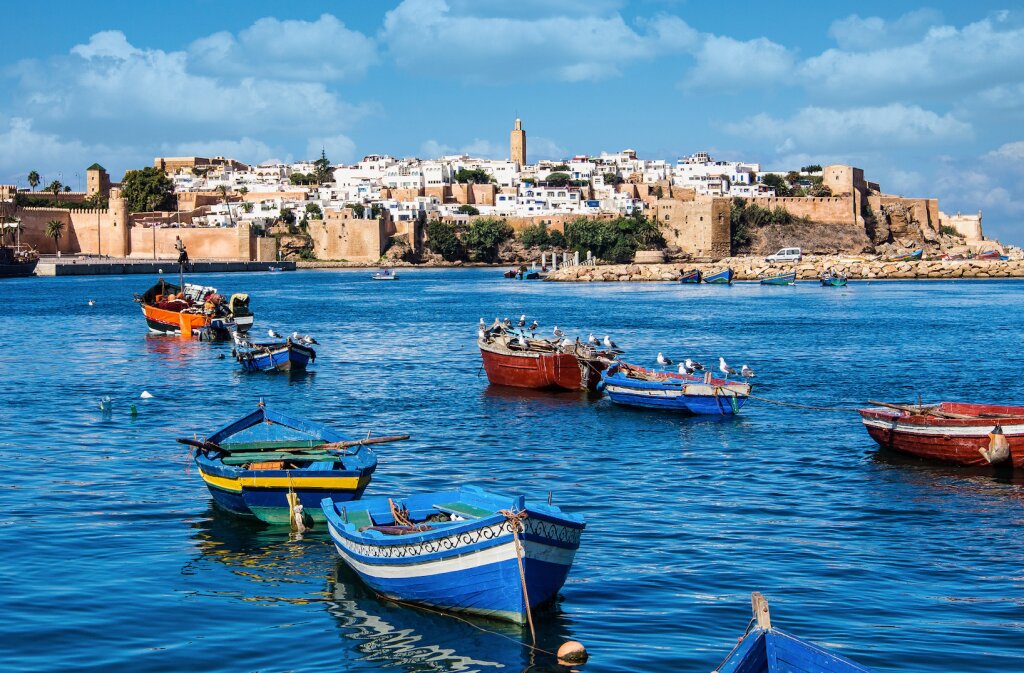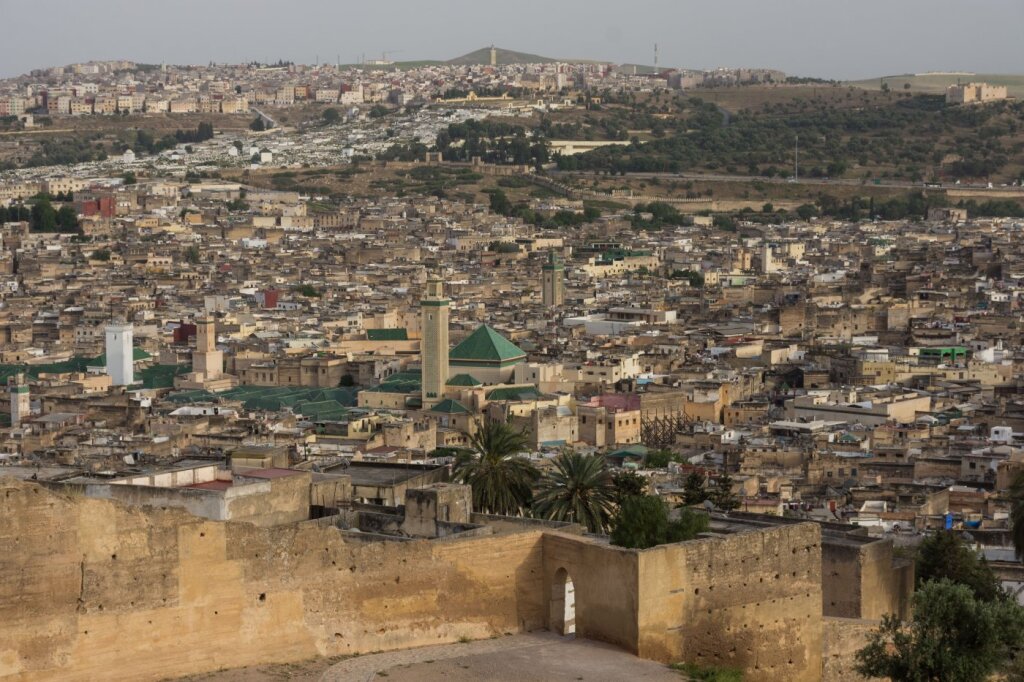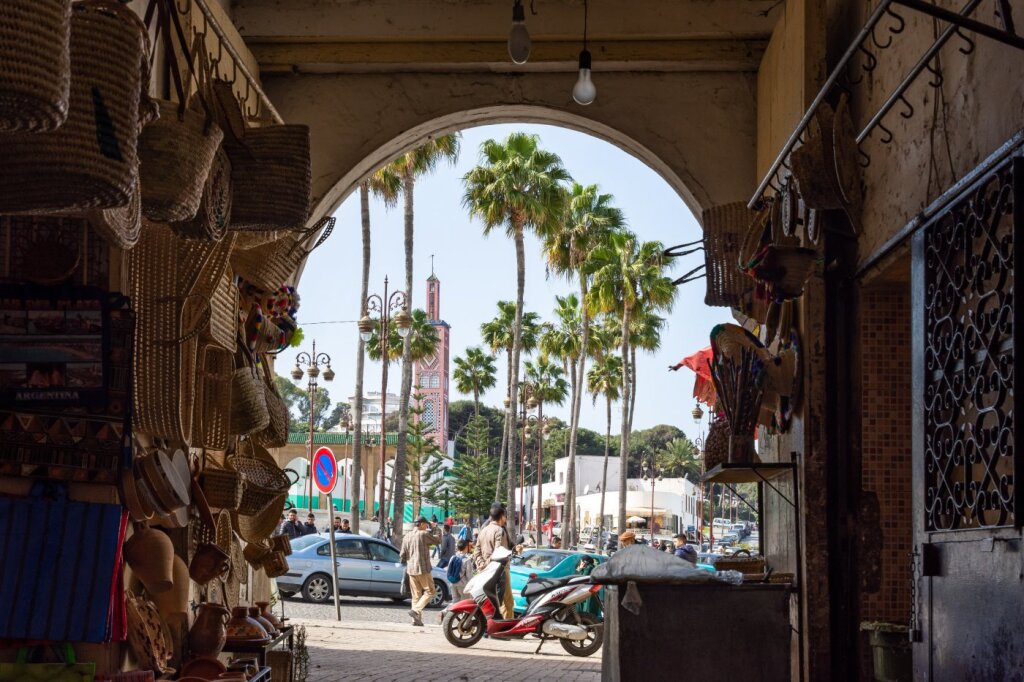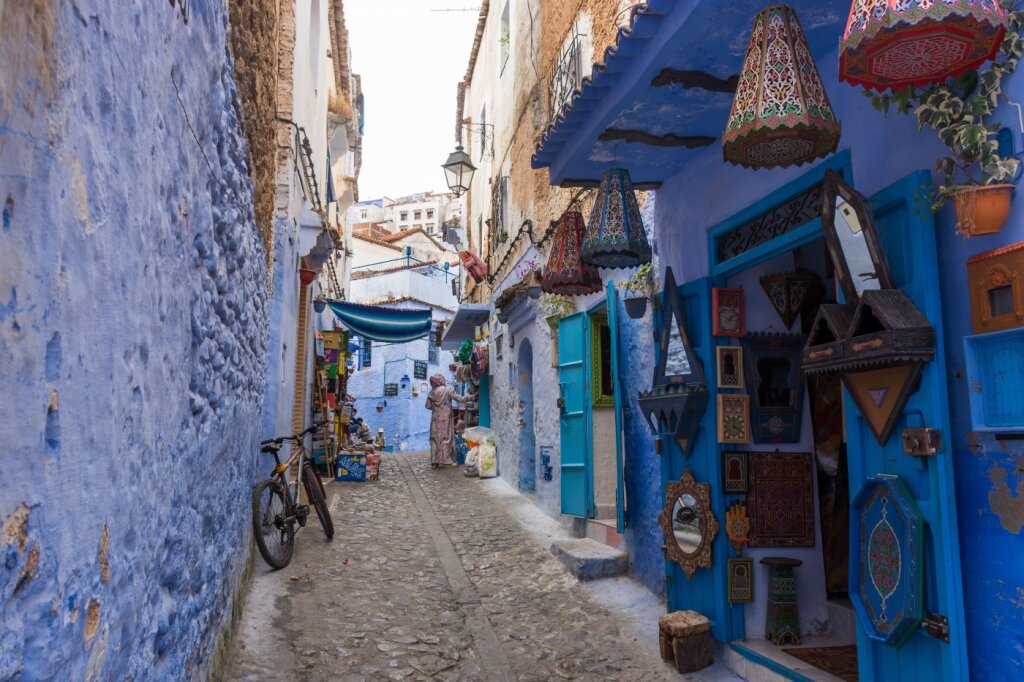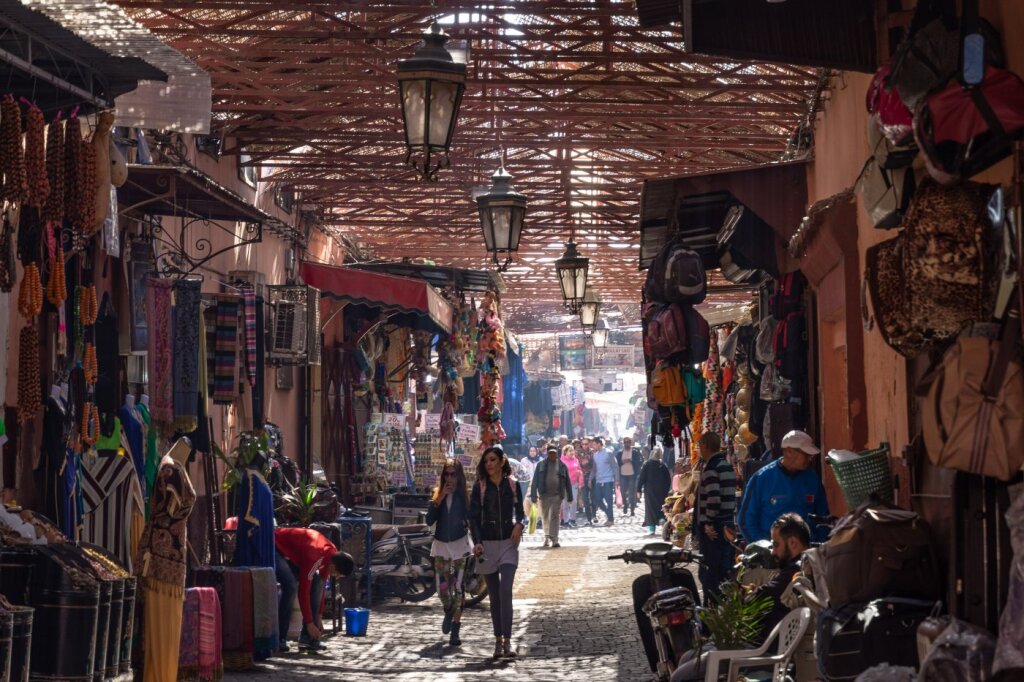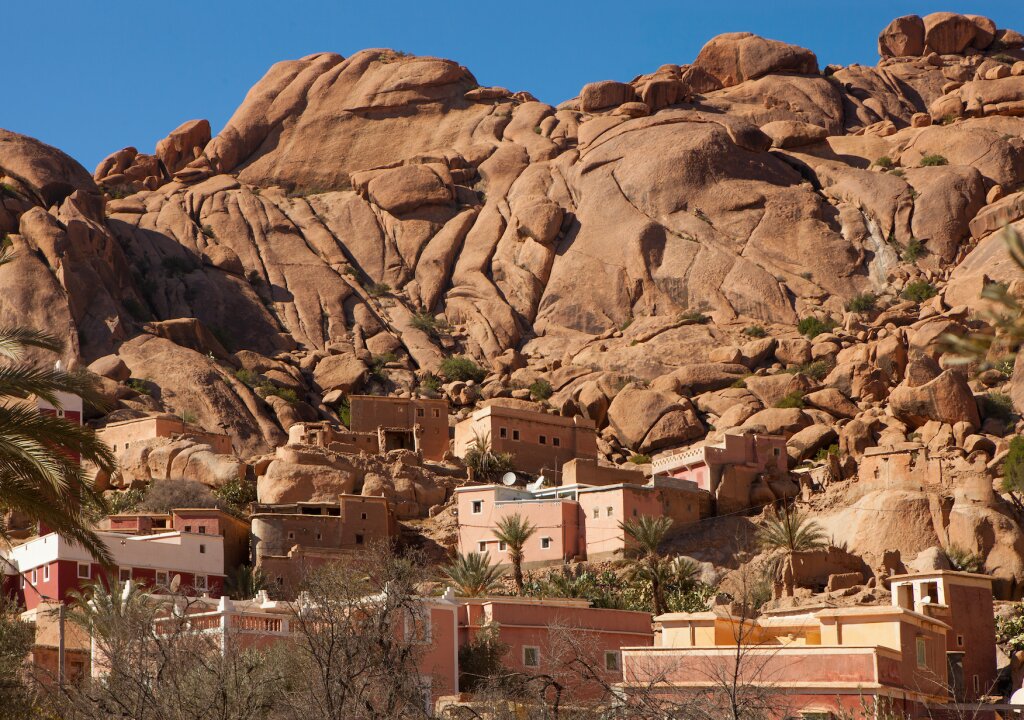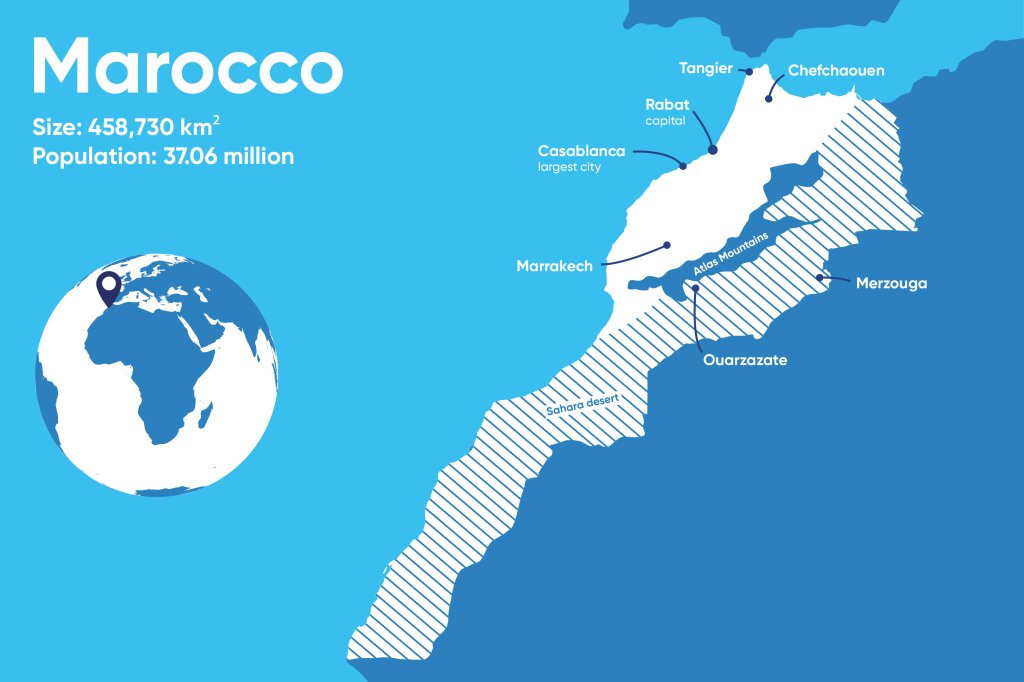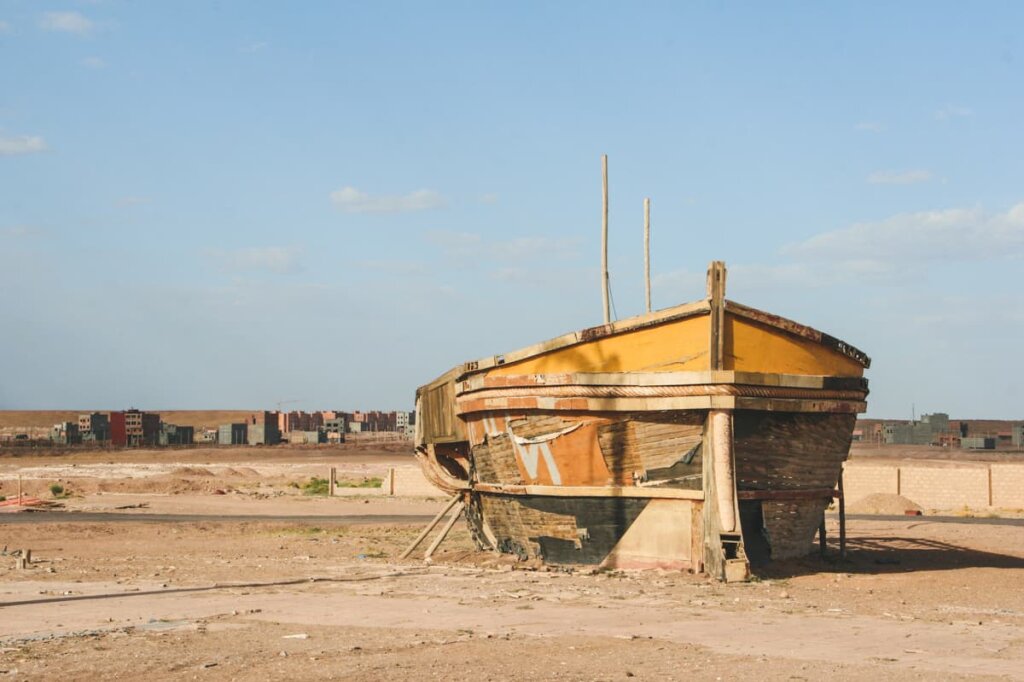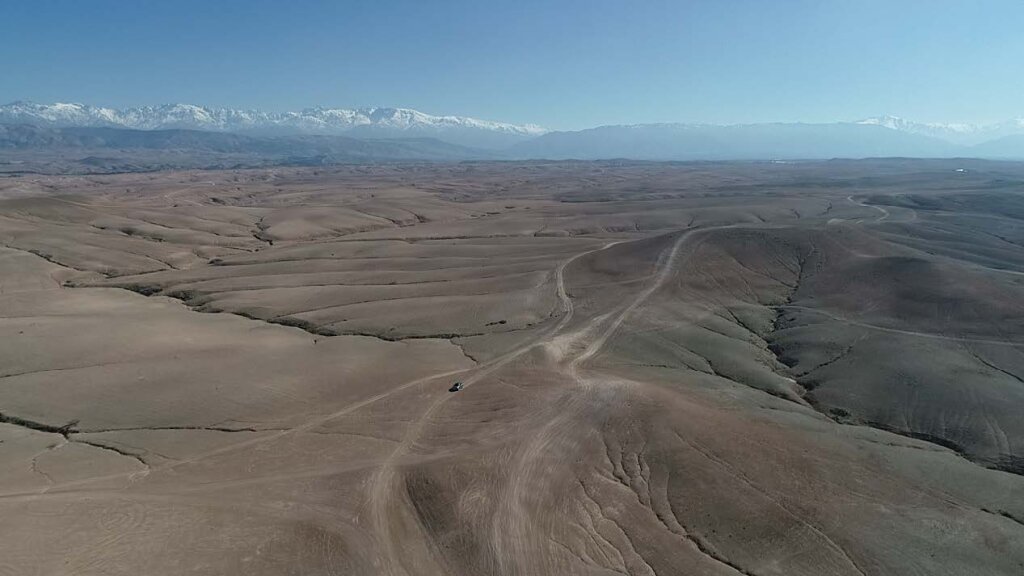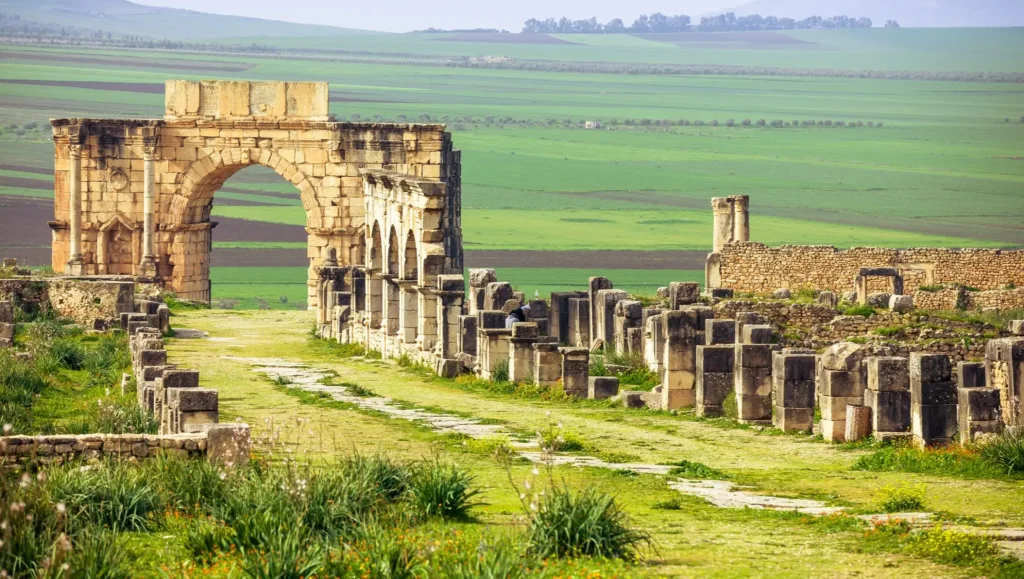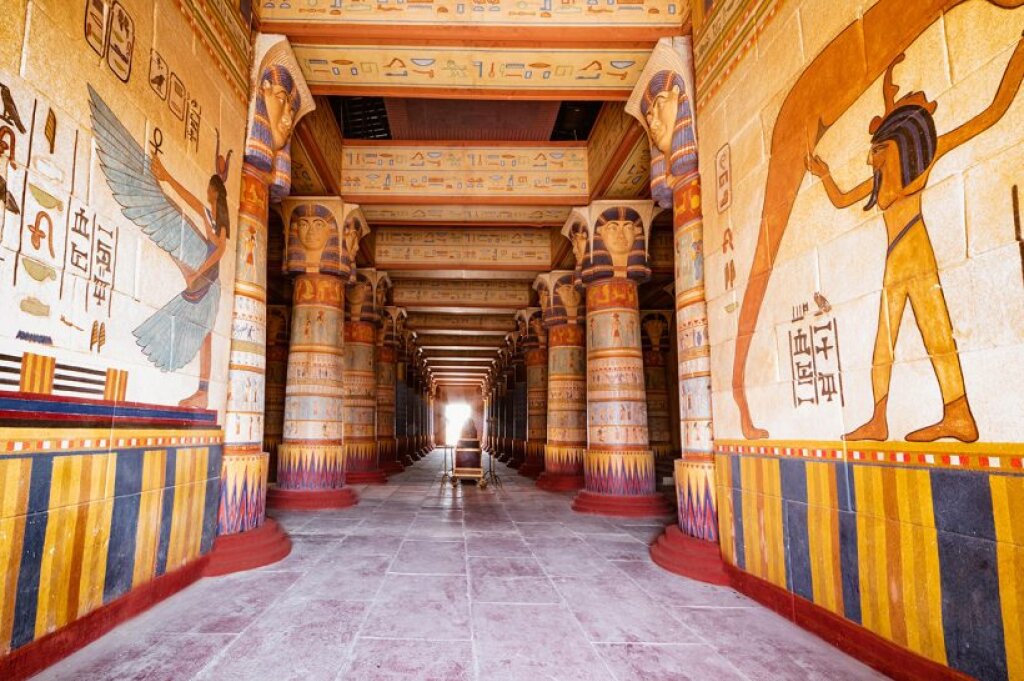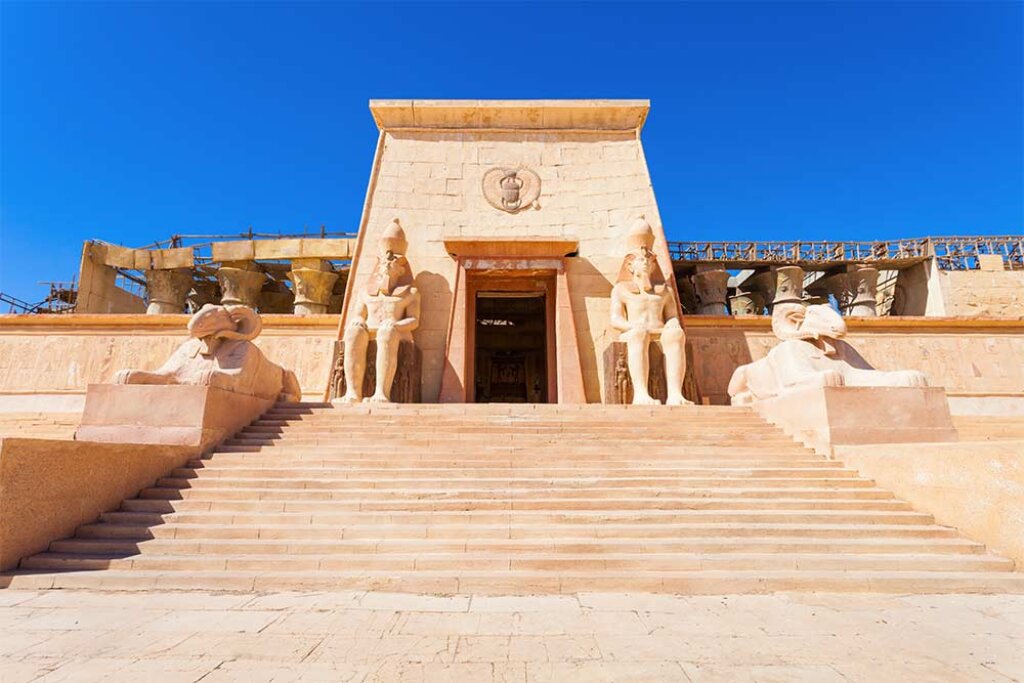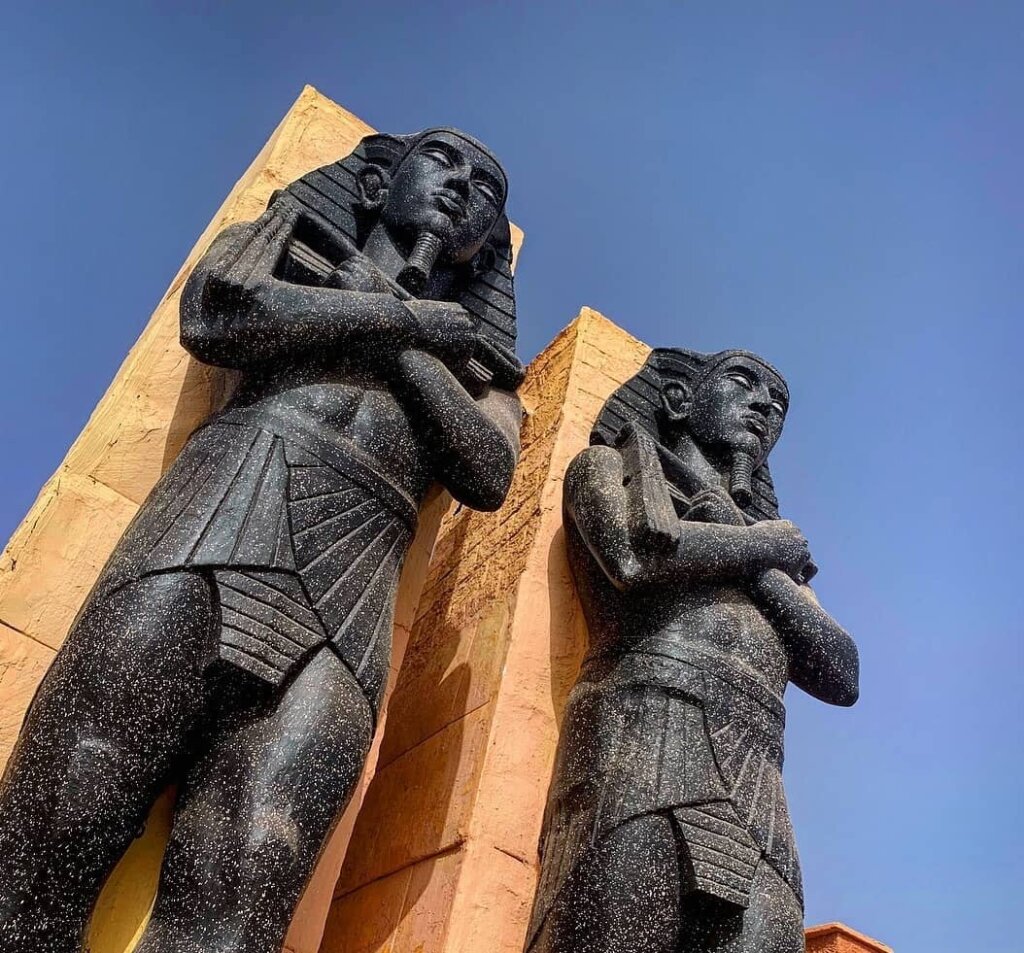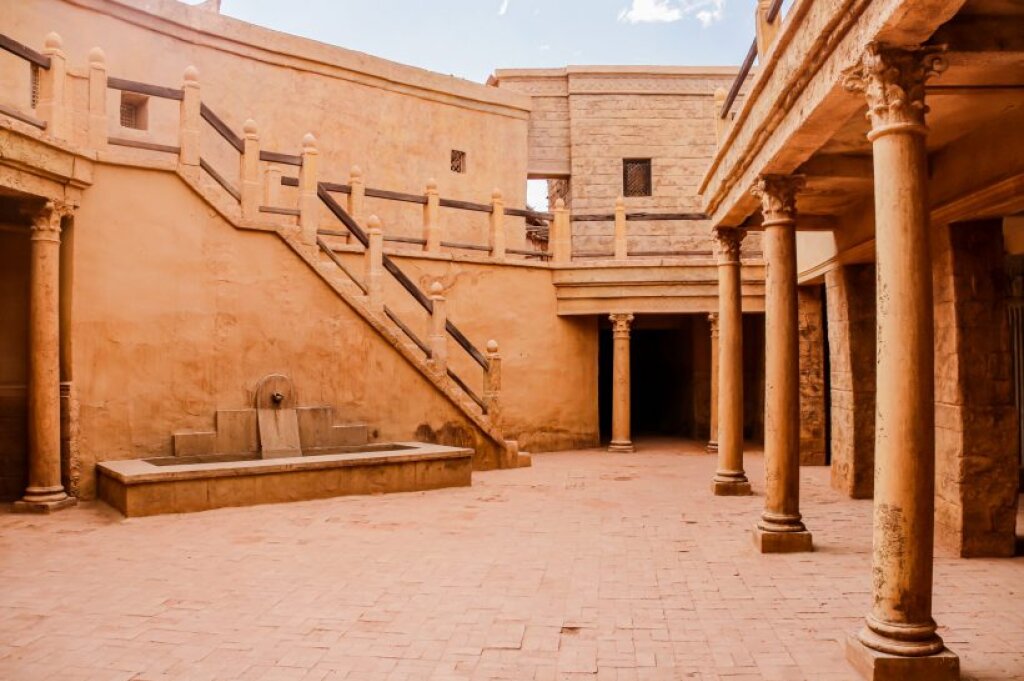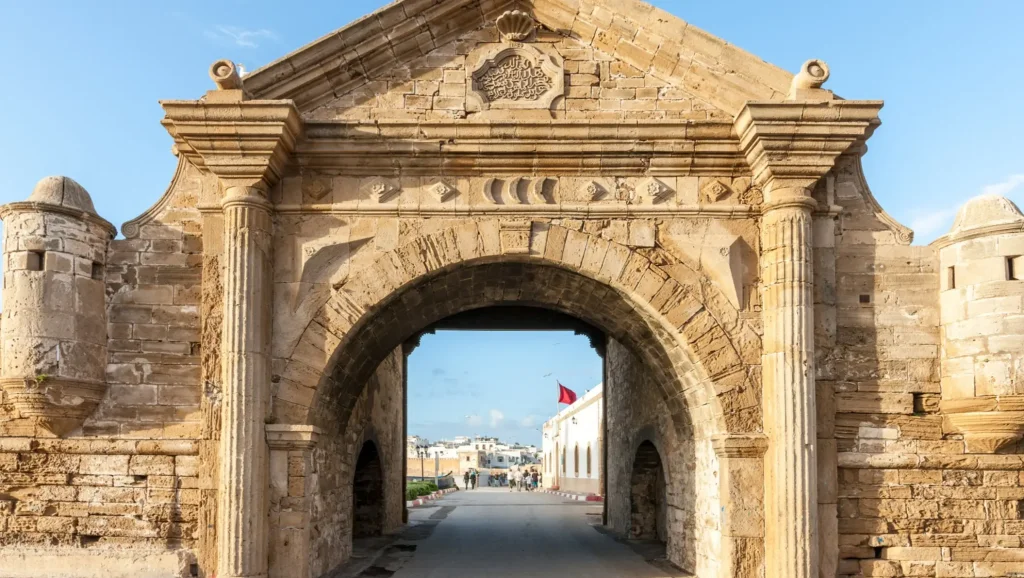Location inspiration: MOROCCO
Morocco indeed offers a compelling mix of advantages for film and television productions. Its world-class technicians, diverse and stunning locations, cost-effectiveness compared to Europe or the US, and attractive tax credits make it an appealing choice for filmmakers and production designers.
The country's topographical diversity, ranging from Saharan dunes to the Atlas Mountains and coastal towns, provides a wide range of options for filmmakers looking to portray different settings. This variety allows for creating authentic backdrops for various scenes, whether it's an urban setting, a remote desert outpost, or a charming coastal village.
Moreover, Morocco's rich cultural heritage, influenced by Berber, Arab, African, and European traditions, adds depth and authenticity to productions. The vibrant markets, unique traditions, and colorful festivals can provide a unique and immersive experience for both the cast and the audience.
In summary, Morocco's combination of skilled professionals, diverse landscapes, cost advantages, and cultural richness makes it an enticing destination for filmmakers and production designers seeking to bring their creative visions to life with an authentic and captivating backdrop. Morocco stands as a treasure trove of iconic filming locations, each bearing its own distinct aesthetics and rich cultural depth. Whether your creative vision seeks to embrace the allure of historical drama, the dynamic pulse of urban modernity, or the awe-inspiring splendor of nature, Morocco's popular filming spots cater to every cinematic need.
Climate
Morocco experiences a diverse climate due to its varied geography, including coastal regions, mountain ranges, and desert areas. Understanding the climate in different regions can help to plan the best times to shoot.
Coastal Regions (Casablanca, Tangier, Essaouira): The coastal regions have a Mediterranean climate, with warm, dry summers and mild, wet winters. The best times to shoot here are from April to November when temperatures are pleasant and rainfall is minimal.
Interior Cities and High Atlas Mountains (Marrakech, Fez, Atlas Mountains): Cities like Marrakech and Fez can get very hot in the summer, with temperatures often exceeding 40 degrees Celsius (104 degrees Fahrenheit). The winters can be cool, especially in the High Atlas Mountains where there can be snow. The best time to film in these areas would be from March to June or September to November, when temperatures are milder.
The Sahara Desert can be extremely hot during the summer, with daytime temperatures often exceeding 40 degrees Celsius (104 degrees Fahrenheit). However, it can also get surprisingly cold at night, particularly in the winter months. The most comfortable time to shoot in the desert regions is during the cooler months of October to April.
That being said, the "worst" times can also provide unique opportunities. For example, the heat and dust of the desert in summer can provide a dramatic backdrop for certain types of scenes.
Visa
Morocco extends a welcoming hand to citizens from multiple countries, including the US, Canada, and European Union member states, allowing them to enter the country visa-free for stays of up to 90 days, be it for tourism or business meetings.
About The Talkies & Hicham Hajji
Popular filming locations
Marrakech is one of the most beloved locations due to its distinct architecture and vibrant markets. Films like "Sex and the City 2" and "Mission Impossible: Rogue Nation" were filmed here. A city that radiates cultural richness and historical depth, Marrakech is known for its bustling markets, or souks, and stunning palaces. The Majorelle Garden, with its cobalt blue structures, is an oasis of calm within the city's vibrant chaos. The Medina of Marrakech, another UNESCO World Heritage site, with its labyrinthine streets and diverse architectural styles, offers endless unique shooting locations.
Merzouga: This small village in the Sahara Desert is famous for its sweeping sand dunes, some of the highest in Morocco. It's a go-to place for those looking to portray an epic desert landscape, offering breathtaking sunrise and sunset scenes. The area's beauty has made it a popular choice for productions aiming to depict either historical or futuristic desert cultures.
Ouarzazate is known as the 'Door of the Desert,' Ouarzazate houses the renowned Atlas Studios, which has seen the production of many blockbusters and hit series, including "Lawrence of Arabia," "The Mummy," "Gladiator", “Redemption Day” and parts of "Game of Thrones." The city also features the UNESCO World Heritage site Aït Benhaddou, an impressive ksar, or fortified village, often used to depict historical Middle Eastern and Saharan settings. Ouarzazate is often regarded as the biggest attribute to local production in Morocco. Known as the "Hollywood of the Desert," Ouarzazate has long been a favored location for both local and international filmmakers.
Casablanca is the largest city in Morocco, with its mix of modern and traditional Moroccan architecture. The city's interior spaces - from sleek, contemporary homes to trendy bars and restaurants - can seamlessly double for similar settings across Europe, the US, or any other global metropolis. This unique feature allows productions to achieve a universally modern aesthetic right here in Casablanca.
Chefchaouen: Often called the 'Blue City' due to its enchanting blue-painted streets and buildings, Chefchaouen offers a surreal and vibrant setting that can add a distinct aesthetic touch to any scene.
Tangier: Known for its cosmopolitan past, Tangier offers a blend of cultures and panoramic views of the Strait of Gibraltar. Its medina, the Grand Socco market, and the American Legation Museum are notable sites offering a range of shooting opportunities.
Insights about the country
Morocco, being a sought-after tourist destination, boasts an impressive array of accommodation options catering to diverse needs and budgets, with numerous hotels readily accommodating film crews. When serving our clients, we diligently curate a selection of hotel choices, taking into account factors like the city, season, and specific production
requirements.
Among the country's standout tourist hotspots, Marrakech shines bright. Its enchanting medinas, exquisite palaces, and the world-renowned Jardin Majorelle captivate history enthusiasts and culture seekers alike. As the sun sets, Marrakech transforms into a vibrant hub of entertainment, offering a bustling nightlife that ranges from traditional music performances in cozy riads to trendy nightclubs and lounges featuring international DJs. However, Marrakech isn't solely defined by its history and nightlife; it also serves as an adventurer's playground. With activities such as hot air ballooning, quad biking in the desert, and trekking in the nearby Atlas Mountains, the city offers a thrilling blend of modern spirit and exotic cultural charm, making it an alluring destination for both tourists and film crews.
Venturing further, Morocco unfolds an abundance of diverse tourist attractions catering to various interests. Whether you're a history buff, nature lover, food enthusiast, or adventure seeker, Morocco has something remarkable to offer.
Here are a few must-visit tourist attractions:
Other Experiences:
Chefchaouen: Visit this beautiful blue city nestled in the Rif Mountains. Its blue-painted streets and buildings are an Instagrammer's dream.
Agadir: If you're looking for a beach getaway, head to Agadir. It has beautiful beaches and a relaxed vibe, with plenty of resorts and beachside cafes.
Moroccan Cuisine: Be sure to savor traditional Moroccan dishes like couscous, tagine, pastilla, and mint tea. Consider taking a cooking class or visiting a local food market.
Hammams: Experience a traditional Moroccan spa, known as a hammam. It's a unique cultural experience that also offers relaxation.
Learn more about The Talkies in Morocco
